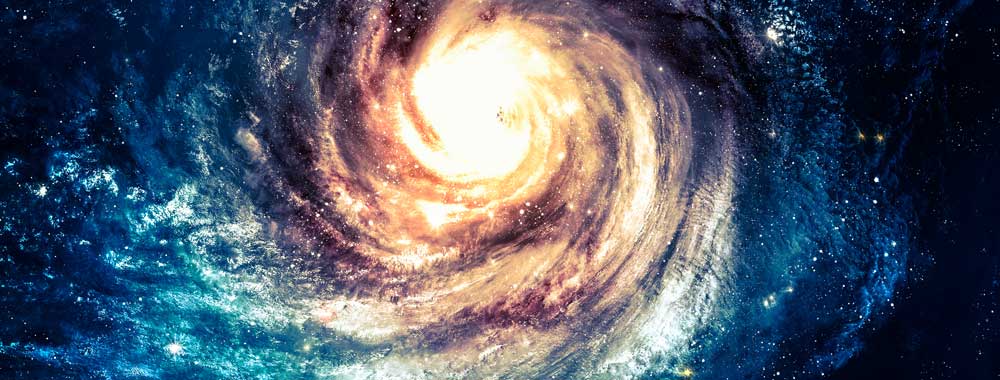Exploring the universe one byte at a time.
Department of Physics and Astronomy, University of Victoria
To determine the structure of the universe and our place in it, astronomers study the night sky with ever more powerful telescopes. Dozens of these telescopes positioned at different observatories around the world are combined into large arrays. The end result is thousands of images of any one section of sky.
The Canadian Advanced Network for Astronomical Research (CANFAR) powers the world’s first dedicated cloud-computing platform for astronomy. It allows scientists to combine these images with complex computer algorithms to tease out tiny astronomical details. The raw data is massive but the results are insightful; they confirm the presence of planets circling distant stars and let astronomers see back in time to the formation of the earliest galaxies.
CANFAR also lets scientists take this sophisticated astronomy data one step further with simulations about changes in the cosmos. In one example, scientists can mimic galaxy formation to see if millions of swirling stars can explain unsolved mysteries like dark matter. They can also simulate the last moments of dying stars to see how these cataclysms formed the atomic elements that make up life on earth.


